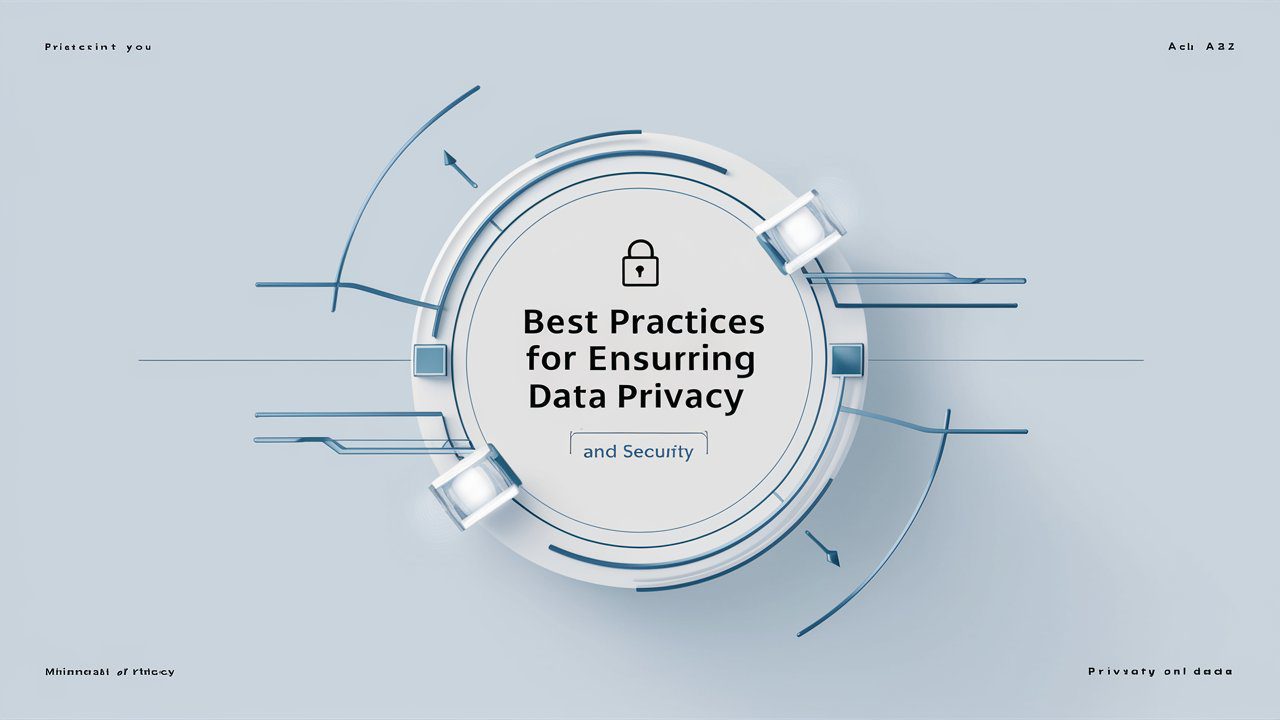Ensuring data privacy and security is crucial for protecting sensitive information and maintaining trust with customers and stakeholders. Here are some best practices for Ensuring data privacy and security effectively, Also Explore more about our company on [our homepage].
Implement Strong Access Controls
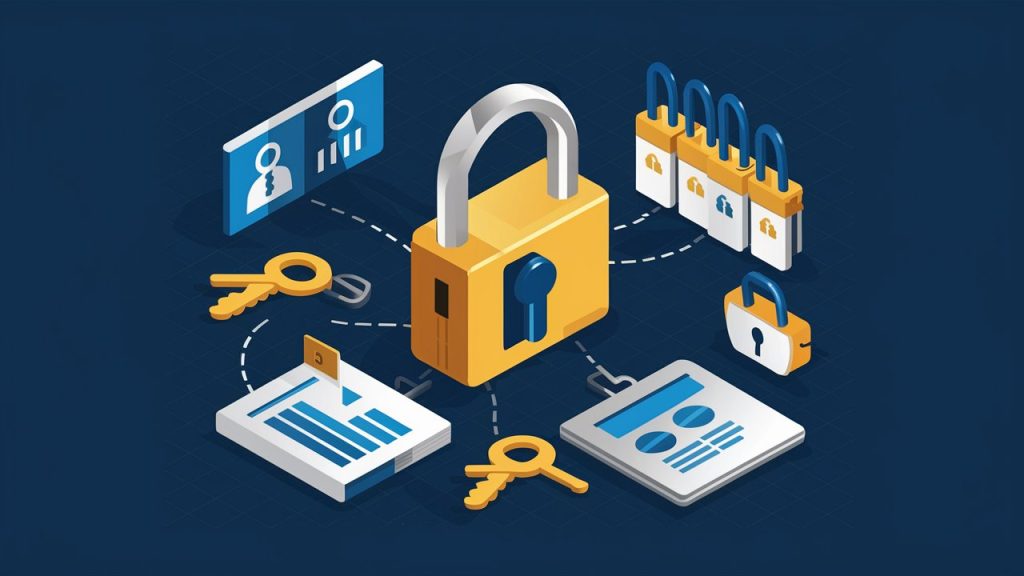
Role-Based Access Control (RBAC)
First From The “Best Practices for Ensuring Data Privacy and Security” Needs to Limit access to data based on the user’s role within the organization, ensuring that employees only have access to the information necessary for their job functions.
Recommendations:
- Least Privilege Principle: Apply the principle of least privilege to minimize access rights.
- Regular Access Reviews: Conduct periodic reviews of user access to ensure appropriateness as roles and responsibilities change.
Multi-Factor Authentication (MFA)
Enhance security by requiring multiple forms of verification before granting access to sensitive data.
Recommendations:
- Implement MFA: Use a combination of something the user knows (password), something the user has (token or smartphone), and something the user is (biometric verification).
Encrypt Data
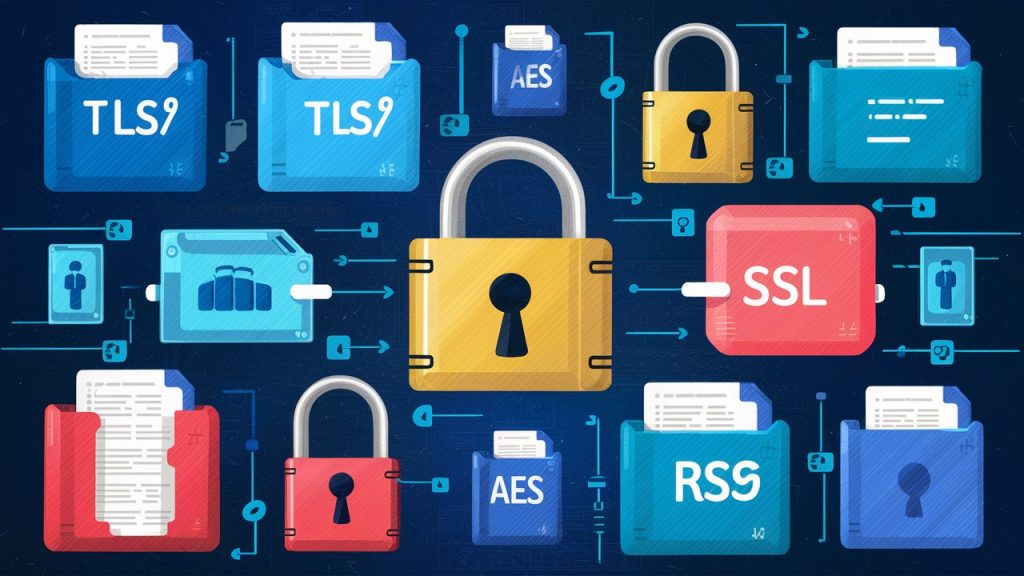
Data Encryption
In The Best Practices for Ensuring Data Privacy and Security You Have To Encrypt data both at rest and in transit to protect it from unauthorized access and ensure its confidentiality.
Recommendations:
- TLS/SSL: Use Transport Layer Security (TLS) or Secure Sockets Layer (SSL) for encrypting data transmitted over the internet.
- AES: Implement Advanced Encryption Standard (AES) for encrypting stored data.
End-to-End Encryption
Ensure that data is encrypted throughout its entire lifecycle, from the point of creation to the point of consumption.
Recommendations:
- Use Secure Protocols: Employ secure communication protocols that support end-to-end encryption.
- Manage Encryption Keys: Implement robust encryption key management practices to ensure keys are securely stored and rotated regularly.
Regular Security Audits and Assessments
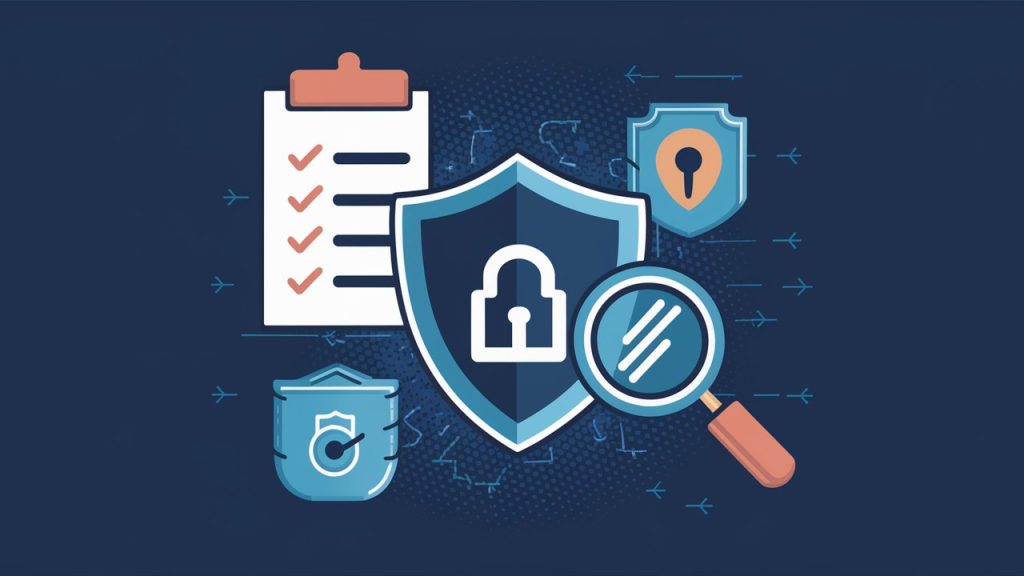
Conduct Vulnerability Assessments
The Imp Part of The Best Practices for Ensuring Data Privacy and Security is the Regularly scan systems for vulnerabilities and weaknesses that could be exploited by attackers.
Recommendations:
- Automated Scanners: Use automated tools to conduct vulnerability assessments and identify potential security gaps.
- Penetration Testing: Perform penetration testing to simulate real-world attacks and identify areas for improvement.
Security Audits
Perform comprehensive security audits to evaluate the effectiveness of security controls and policies.
Recommendations:
- Third-Party Audits: Engage third-party auditors to provide an unbiased assessment of your security posture.
- Continuous Monitoring: Implement continuous monitoring to detect and respond to security incidents in real-time. Dive deeper into our [blog posts] for in-depth insights and examples.
Data Minimization and Anonymization
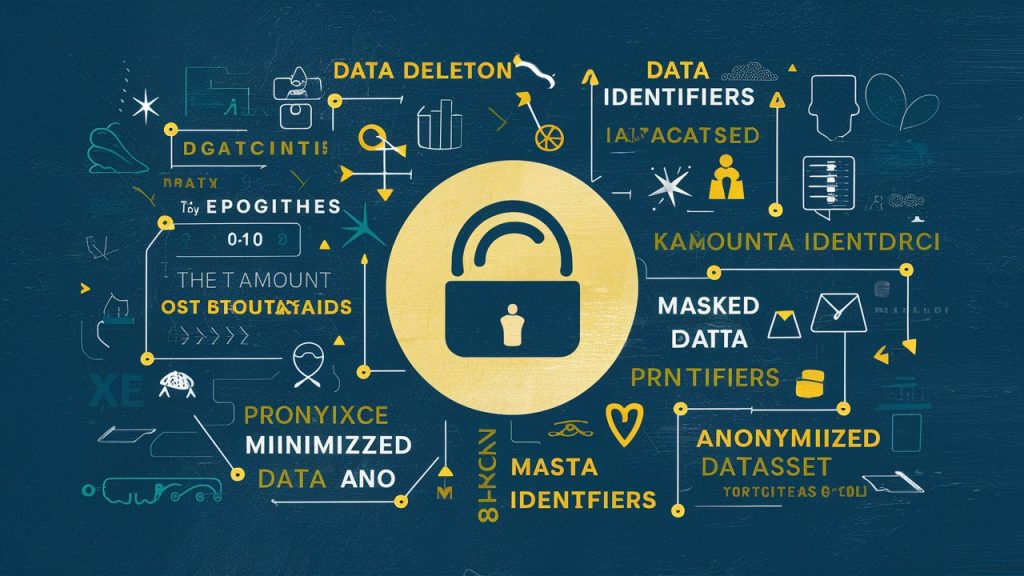
Data Minimization
Collect and retain only the data necessary for specific purposes, reducing the amount of sensitive information that needs to be protected.
Recommendations:
- Limit Data Collection: Collect only the minimum amount of data required for business operations.
- Regular Data Purging: Regularly delete or anonymize data that is no longer needed.
Data Anonymization
Anonymize data to protect individual identities and comply with privacy regulations.
Recommendations:
- De-Identification: Remove or mask personal identifiers to anonymize data.
- Pseudonymization: Replace personal identifiers with pseudonyms to protect individual identities while retaining data utility for analysis.
Employee Training and Awareness
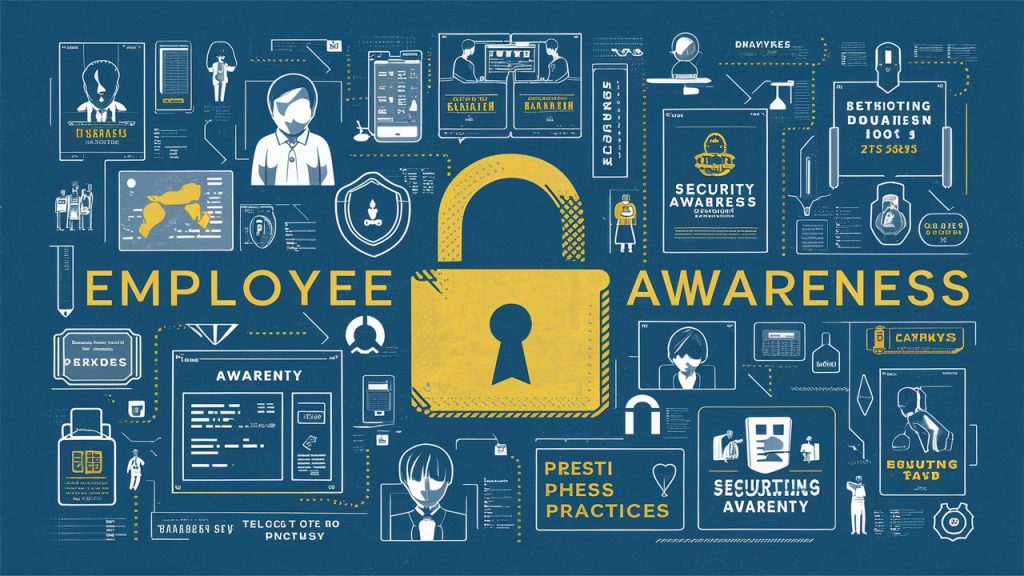
Security Awareness Training
Educate employees about security best practices and the importance of protecting sensitive data.
Recommendations:
- Regular Training: Conduct regular security awareness training sessions for all employees.
- Phishing Simulations: Run phishing simulations to teach employees how to recognize and respond to phishing attacks.
Clear Policies and Procedures
Establish and communicate clear data privacy and security policies and procedures to all employees.
Recommendations:
- Policy Enforcement: Ensure strict enforcement of security policies and procedures.
- Incident Response Training: Train employees on how to respond to data breaches and security incidents.
- Discover our full range of [services] to see how we can bring your app vision to life.
Compliance with Regulations
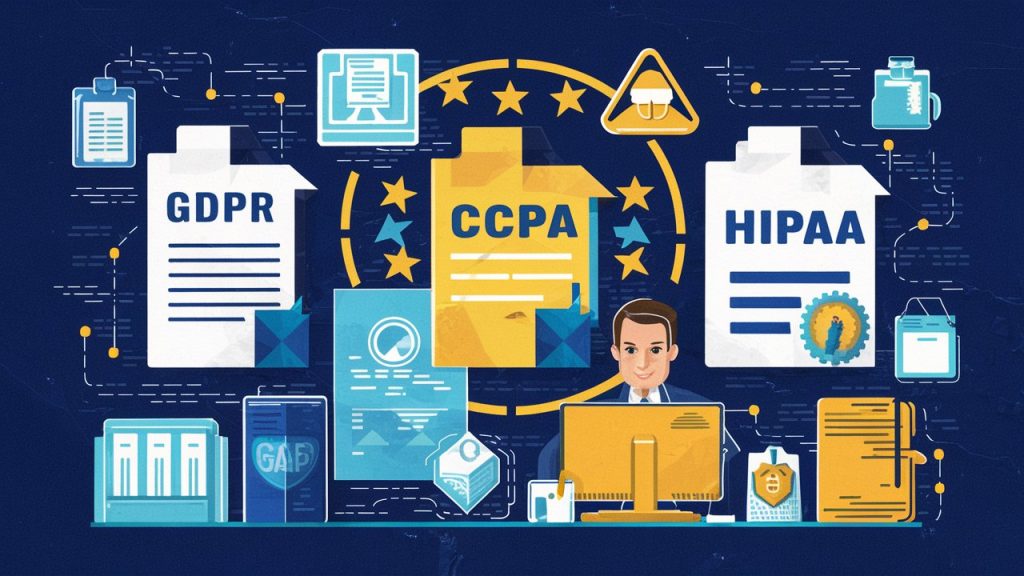
Adhere to Data Protection Regulations
Ensure compliance with data protection regulations such as GDPR, CCPA, and HIPAA.
Recommendations:
- Regular Audits: Conduct regular compliance audits to ensure adherence to relevant regulations.
- Data Protection Officer (DPO): Appoint a DPO to oversee data protection strategies and ensure compliance.
Implement Privacy by Design
Incorporate privacy into the design and development of systems and processes from the outset.
Recommendations:
- Privacy Impact Assessments: Conduct privacy impact assessments for new projects and systems.
- Default Privacy Settings: Ensure default settings prioritize data privacy and security.
Conclusion
Implementing these best practices for data privacy and security helps protect sensitive information, maintain regulatory compliance, and build trust with customers and stakeholders. By adopting a proactive and comprehensive approach to data security, organizations can mitigate risks and safeguard their critical assets. [Contact us] today and let’s discuss your project in detail.

